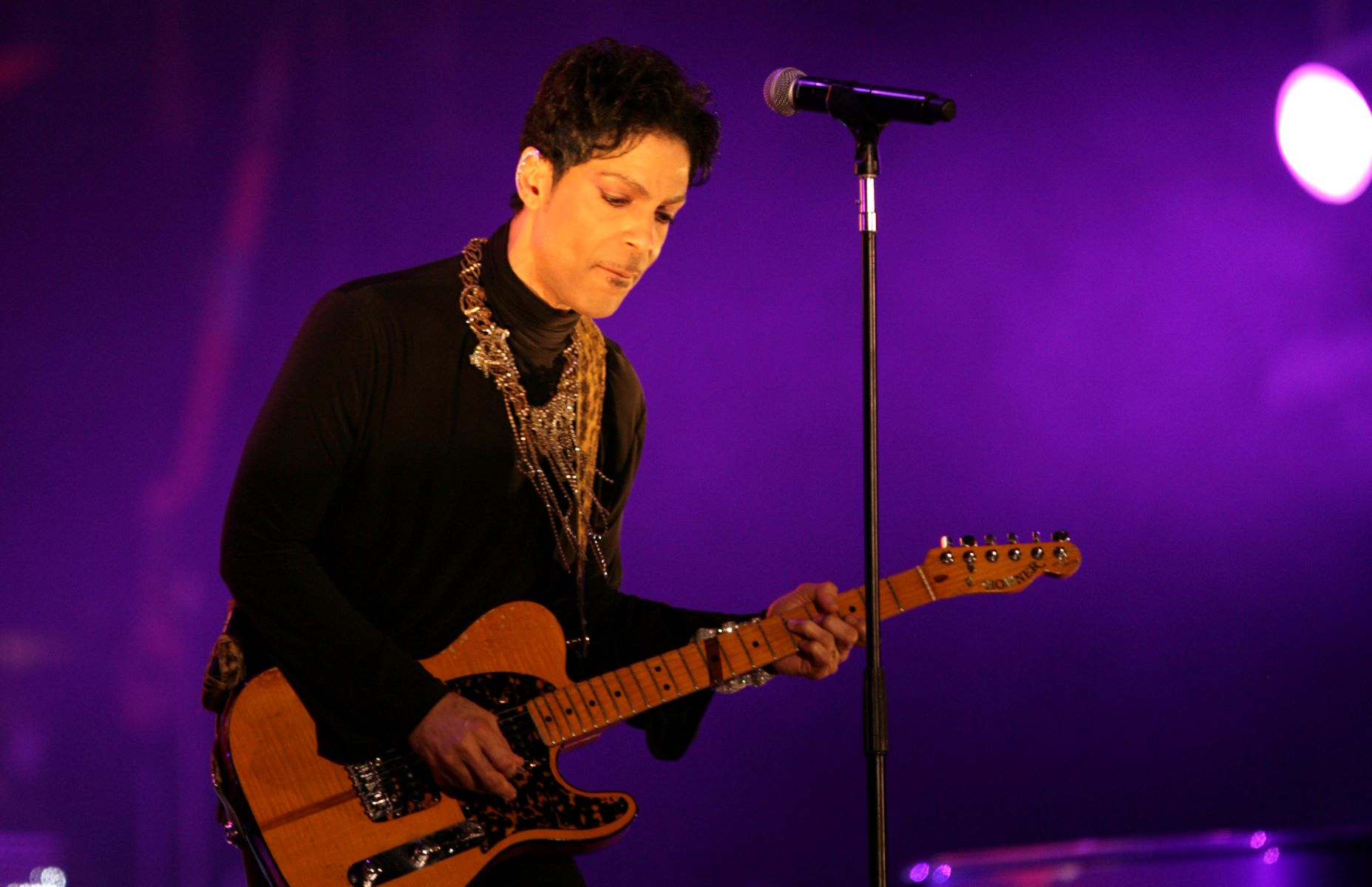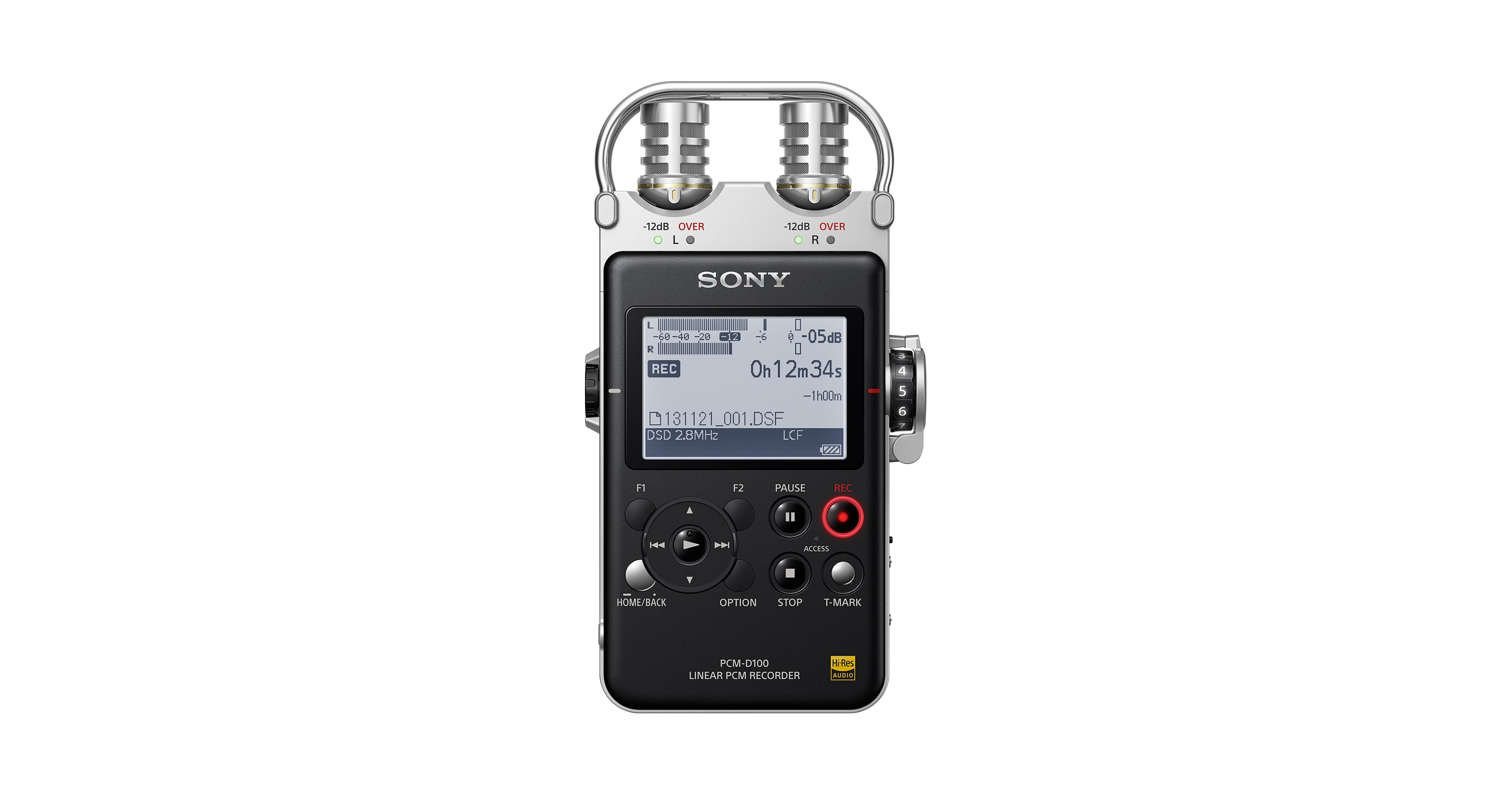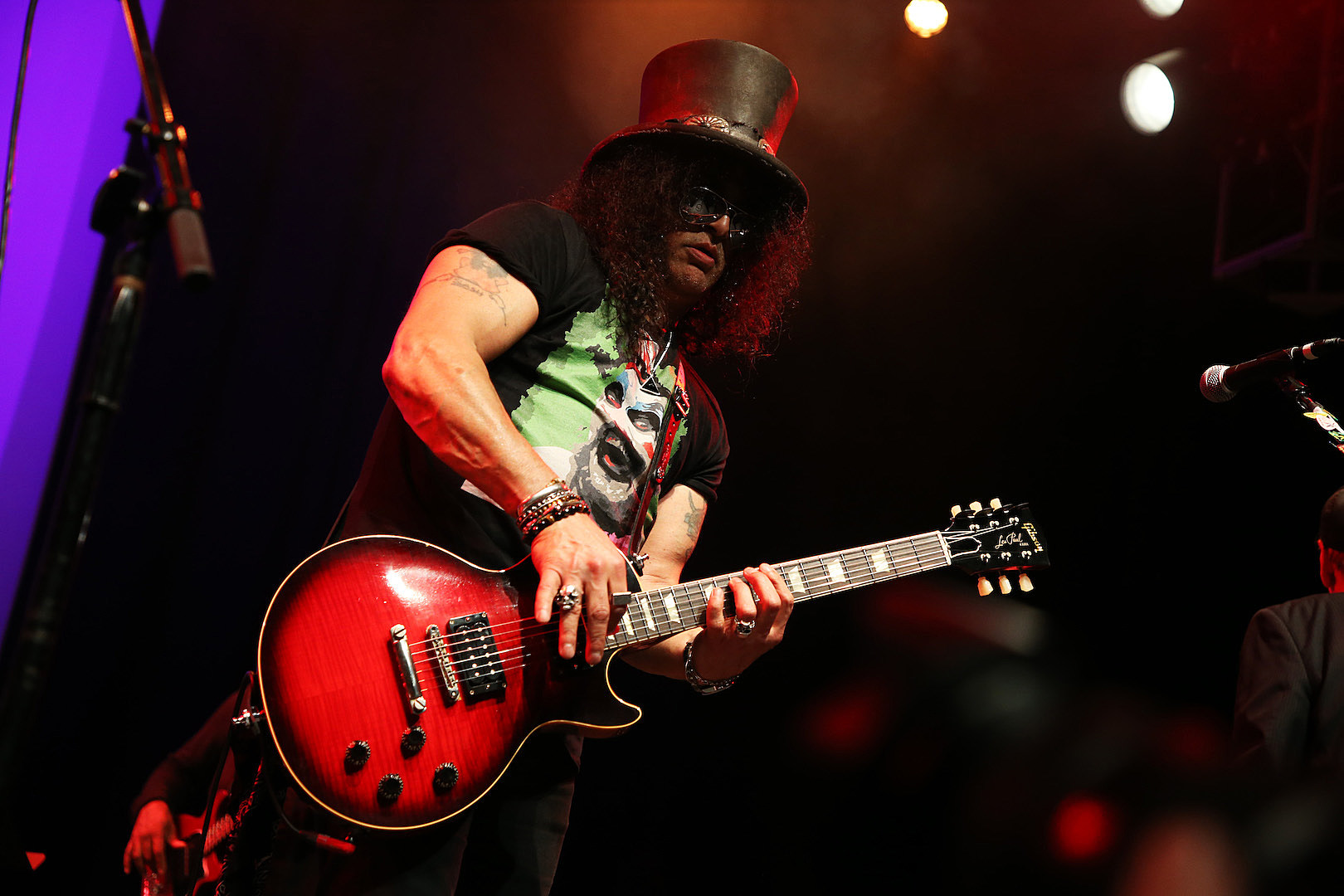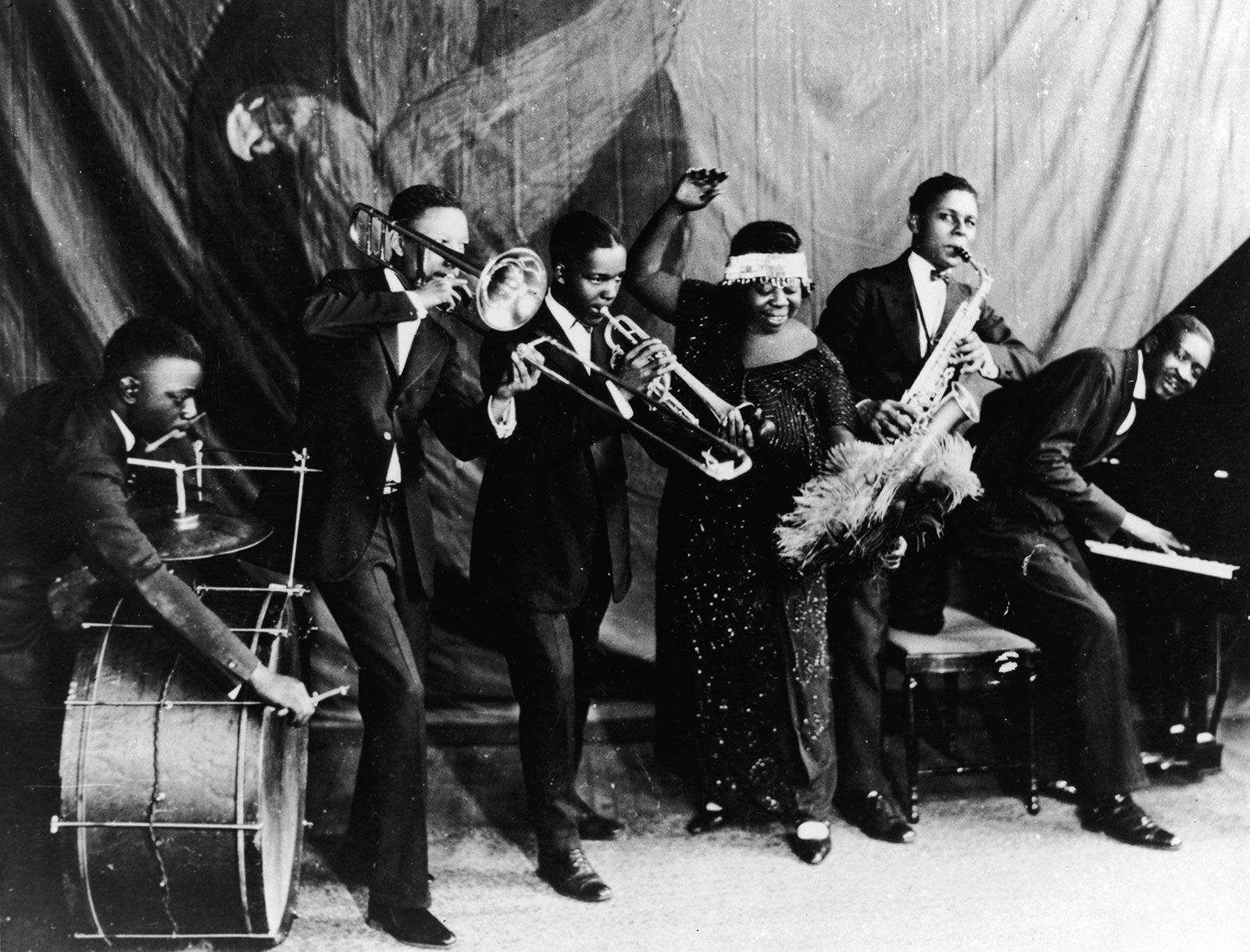Home>Genres>Rock>What Did Pop And Rock Musicians Of The Fifties Use To Enhance Already Recorded Music?
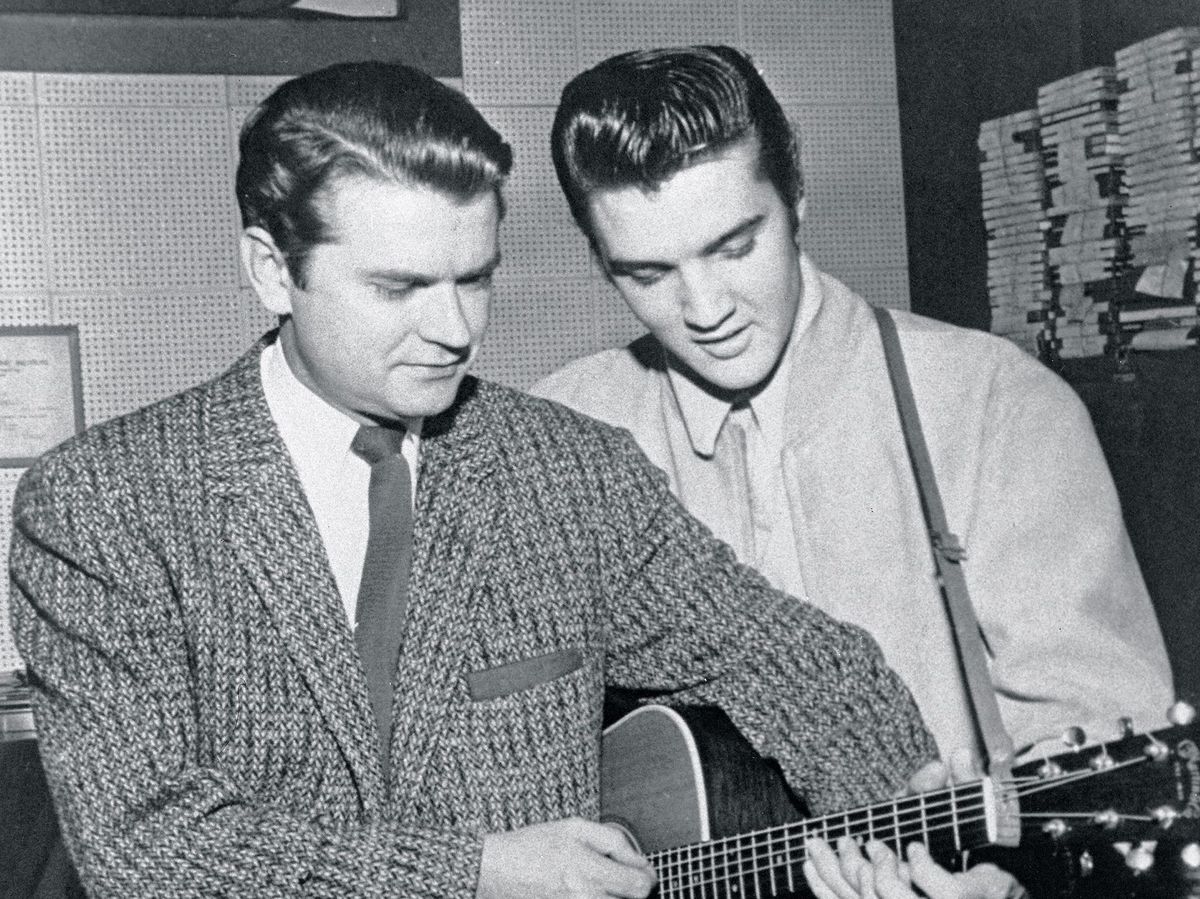

Rock
What Did Pop And Rock Musicians Of The Fifties Use To Enhance Already Recorded Music?
Published: November 22, 2023
Discover the secrets of rock musicians from the 1950s and their innovative techniques for enhancing recorded music. Explore the evolution of rock and uncover the tools they used to create timeless hits.
(Many of the links in this article redirect to a specific reviewed product. Your purchase of these products through affiliate links helps to generate commission for AudioLover.com, at no extra cost. Learn more)
Table of Contents
Introduction
When exploring the realm of pop and rock music from the 1950s, one cannot deny the significant advancements made in terms of enhancing already recorded music. During this era, musicians began to experiment with various methods and technologies to add depth, texture, and richness to their recordings. These techniques not only transformed the sound of the music but also influenced the trajectory of popular music as a whole.
At the time, many musicians faced limitations when it came to live performances. They were often restricted by the available equipment and resources. However, when it came to the recording process, they had the opportunity to experiment and push the boundaries of what was possible in a studio setting. This led to the birth of several techniques that revolutionized the production of music.
In this article, we will explore some of the innovative methods that pop and rock musicians of the 1950s used to enhance already recorded music. From tape echo to reverb, overdubbing to multitrack recording, compression to equalization, and tremolo to vibrato, these techniques not only added depth and texture to the recordings but also allowed musicians to push their creative boundaries.
Join us as we delve into the fascinating world of 1950s music production and discover the techniques that shaped the soundscape of this iconic era.
Tape Echo
One of the key techniques used by pop and rock musicians of the 1950s to enhance already recorded music was tape echo. Before the advent of digital effects processors, tape echo was the go-to method for adding a unique and distinctive echo effect to recordings.
Tape echo involved using a reel-to-reel tape machine to create echoes. The sound would be recorded onto the tape, and then the tape would be looped and sent back through the machine, creating a delayed echo effect. This technique allowed for the creation of a natural-sounding echo that could be added to vocals, instruments, or even the entire mix.
The use of tape echo added depth and dimension to recordings, creating a sense of space and ambience. It was particularly effective in enhancing vocals, giving them a dreamy and ethereal quality. Artists such as Elvis Presley and Roy Orbison utilized tape echo to great effect, imbibing their recordings with a captivating and atmospheric sound.
One of the most iconic tape echo units of the era was the Echoplex, introduced in the late 1950s. It became a staple in many studios, allowing musicians and producers to experiment with different echo settings and create unique sonic textures.
While tape echo technology may seem archaic by today’s standards, its influence on the music of the 1950s cannot be overstated. It helped shape the sound of rock and pop music by providing artists with a tool to enhance their recordings and add a touch of magic to their music.
Even today, tape echo continues to be revered for its warm and organic sound. Many musicians and producers still seek out vintage tape echo units to add a nostalgic charm to their recordings, paying homage to the early pioneers who first utilized this groundbreaking technique.
Reverb
Reverb, short for reverberation, is another technique that pop and rock musicians of the 1950s used to enhance already recorded music. Reverb is the persistence of sound reflections in a space after the original sound is produced. It creates a sense of space and adds depth to recordings, making them sound more natural and immersive.
In the 1950s, natural reverb was achieved by recording in large rooms or studios with high ceilings and reflective surfaces. The sound waves would bounce off the walls, creating a rich and lively reverberation. This technique was commonly used in recording vocalists and instruments, giving them a sense of presence and enveloping the listener in a sonic environment.
As technology progressed, artificial reverb units were developed. These units simulated the effects of natural reverb, allowing musicians and producers to add reverb to recordings without the need for specific room acoustics. Early artificial reverb units utilized springs or plates to create the desired effect.
One notable example of an artificial reverb unit from the 1950s is the EMT 140 Plate Reverb. It consisted of a large metal plate suspended in a frame, with a transducer at one end to excite the plate and pickups to capture the reverberations. The signal would pass through the plate, creating the desired reverb effect.
The use of reverb added a sense of space and ambiance to recordings. It gave them a polished and professional quality, making them more enjoyable to listen to. Artists such as Buddy Holly and The Everly Brothers utilized reverb to create a luscious and captivating sound.
Reverb continues to be a vital tool in music production today. Modern digital audio workstations and plugins offer a wide array of reverb options that can replicate everything from the sound of a small room to a vast cathedral. Musicians and producers can now experiment with different reverb settings and tailor the sound to their liking, adding depth and character to their recordings.
Through the use of reverb, pop and rock musicians of the 1950s were able to elevate already recorded music and create a sonic landscape that continues to captivate listeners to this day.
Overdubbing
Overdubbing is a technique widely used by pop and rock musicians of the 1950s to enhance already recorded music. It involves recording additional tracks over an existing recording, allowing artists to add layers of instrumentation, vocals, or other elements to their songs.
Prior to overdubbing, musicians had to perform together and record all the parts simultaneously. This limited the creative possibilities and often required multiple takes to capture the desired performance. With the advent of overdubbing, artists gained the freedom to record different parts at different times, resulting in more precise and polished recordings.
Overdubbing opened up a world of possibilities for musicians. They could experiment with harmonies, add extra guitar solos, layer vocal harmonies, or even incorporate entirely new instruments into the mix. This technique allowed for greater control over the final product, enabling artists to craft their music with more precision and creativity.
One notable example of overdubbing in the 1950s is the work of the Beach Boys. Brian Wilson, the band’s primary songwriter and producer, utilized overdubbing extensively to create their signature harmonies and intricate arrangements. By layering multiple vocal tracks and instrumentation, the Beach Boys were able to achieve a rich and textured sound that became their trademark.
Overdubbing also played a significant role in the development of rock music. Artists like Chuck Berry and Buddy Holly would record the rhythm section first and then overdub their lead guitar parts. This technique allowed them to achieve a more polished and dynamic sound, as well as experiment with different guitar tones and effects.
Today, overdubbing is an integral part of music production. With the advancement of technology, it has become even easier for musicians to layer their recordings and create complex arrangements. Digital audio workstations and recording software provide artists with the tools to record multiple tracks and seamlessly integrate them into a cohesive mix.
Overdubbing remains a powerful technique for enhancing already recorded music. It allows artists to add depth, complexity, and a personal touch to their songs, elevating them to new heights of creativity and musicality.
Multitrack Recording
Multitrack recording revolutionized the way pop and rock musicians of the 1950s enhanced already recorded music. Before the advent of multitrack recording, musicians had to record all the instruments and vocals onto a single track simultaneously. This limited their ability to manipulate individual elements and make precise adjustments to the mix.
Multitrack recording allowed for the separate recording and manipulation of multiple tracks, each capturing a different instrument or vocal part. It involved using a tape machine with multiple playback heads and assignable inputs. Musicians could now record and overdub different parts at different times, layering tracks on top of each other to create a more complex and polished sound.
The ability to record and edit individual tracks independently revolutionized the recording process. Musicians and producers could now focus on perfecting specific parts without having to worry about the rest of the performance. This allowed for greater precision, creativity, and experimentation.
The development of multitrack recording coincided with the rise of iconic artists like The Beatles, who fully embraced its possibilities. Their groundbreaking album Sgt. Pepper’s Lonely Hearts Club Band, released in 1967, would not have been possible without the use of multitrack recording. The album’s intricate arrangements and layered soundscapes were meticulously crafted by recording and overdubbing multiple tracks.
Today, multitrack recording is a standard practice in music production. Digital audio workstations (DAWs) have made it even easier for musicians and producers to create complex arrangements and manipulate individual tracks. DAWs offer a wide range of features and tools for recording, editing, and mixing multiple tracks, allowing for unlimited creative possibilities.
Multitrack recording continues to shape the way music is produced. It enables artists to enhance already recorded music by layering tracks, adjusting levels, and perfecting performances. The ability to isolate and manipulate individual elements provides greater control over the final mix, resulting in more polished and professional recordings.
From the pioneering use of multitrack recording by artists like The Beatles to its ubiquitous presence in modern music production, the technique has become an essential tool for enhancing and refining already recorded music.
Compression
Compression is a technique that played a significant role in enhancing already recorded music in the 1950s for pop and rock musicians. It involves the use of a dynamic range compressor, which reduces the difference between the loudest and softest parts of a recording. By doing so, compression helps to control and shape the sound, adding clarity, punch, and presence.
In the context of music production, compression helps to achieve a more consistent and balanced sound. It controls the peaks in volume, preventing distortion and allowing the listener to perceive all the nuances of the recording. Additionally, compression can enhance the sustain and impact of instruments, making them stand out in the mix.
During the 1950s, compressors were primarily analog devices that used vacuum tubes and analog circuitry. These devices had a distinct warm and smooth sound that many musicians and producers sought after. The Fairchild 660 and the Universal Audio LA-2A are examples of iconic compressors from this era that are still revered for their unique sonic characteristics.
Compression was particularly influential in shaping the sound of vocals in the 1950s. By applying compression, producers could ensure that the lead vocals remained prominent and intelligible throughout a song, even during louder sections. This technique added a polished and professional sheen to vocal performances and helped them cut through the mix.
Today, compression remains an essential tool in music production. Digital audio workstations and plugins have made it easier than ever to apply compression and sculpt the dynamics of a recording. Musicians and producers have a wide range of options available, from emulations of vintage analog compressors to modern digital models with advanced features.
When used effectively, compression can bring out the nuances of a recording, add impact and clarity to instruments, and create a cohesive and polished sound. However, it is crucial to use compression judiciously and with a discerning ear to avoid excessive pumping, loss of dynamics, or an unnatural and over-processed sound.
With compression, pop and rock musicians of the 1950s were able to enhance the impact and clarity of their already recorded music. Today, it continues to be an invaluable tool for musicians and producers, allowing them to shape the dynamics and achieve a professional and radio-ready sound.
Equalization
Equalization, commonly known as EQ, is a vital technique that pop and rock musicians of the 1950s used to enhance already recorded music. EQ allows for the adjustment of the frequency content of a recording, shaping the tonal balance and emphasizing or attenuating specific frequencies.
In the 1950s, equalization was primarily achieved using hardware-based equalizers. These devices consisted of a series of bands that allowed for the adjustment of specific frequency ranges. Musicians and producers could boost or cut frequencies to bring out desired elements in a mix, create separation between instruments, or correct any tonal imbalances.
The use of equalization introduced a new level of control over the sound of recorded music. Artists could tailor the tonal character of their recordings to suit their artistic vision, improving the overall clarity and impact. Whether it was enhancing the presence of vocals, shaping the warmth and richness of instruments, or taming harsh frequencies, equalization played a crucial role in creating a pleasing and balanced mix.
Today, equalization remains an essential tool in music production, with software-based EQ plugins being the most common approach. Digital audio workstations provide a wide variety of equalizer options, ranging from highly precise surgical EQs to vintage-inspired models that emulate the sound of analog hardware.
When using equalization, it is important to exercise caution and make subtle adjustments. Overuse or excessive boosting/cutting of frequencies can result in an unnatural and unbalanced sound. It is important to listen critically and make adjustments that enhance the overall mix without sacrificing clarity or introducing unwanted artifacts.
Equalization is a powerful tool that allows musicians and producers to shape and enhance the tonal balance of their already recorded music. By carefully adjusting the frequency content, pop and rock musicians of the 1950s were able to bring their recordings to life, highlighting the best qualities of each instrument and maximizing the impact of their music.
Whether in the analog era of the 1950s or the digital age of today, equalization remains an indispensable technique for achieving a professional and cohesive sound in music production.
Tremolo
Tremolo is a technique that pop and rock musicians of the 1950s used to enhance already recorded music. It is an effect that creates a rhythmic fluctuation in volume, resulting in a pulsating or wobbling sound. Tremolo can add texture, movement, and an element of dynamics to a recording.
In the 1950s, tremolo was achieved using amplifiers or effects units that modulated the volume of the audio signal. These units typically had a control knob or switch that allowed for adjusting the speed and depth of the tremolo effect.
When applied to recordings, tremolo can create a sense of vibrancy and energy. It can add a unique character to instruments, vocals, or even the entire mix. Tremolo is particularly effective when used on guitars, giving them a distinctive pulsating sound that is synonymous with the rock ‘n’ roll era.
Artists such as Duane Eddy and Link Wray used tremolo to great effect, creating memorable guitar-driven songs that captured the spirit of the 1950s. The rhythmic pulsations added a hypnotic quality to their recordings, making them stand out and leave a lasting impression.
Today, tremolo is still a popular effect in music production. Digital audio workstations and guitar effects pedals offer various options for achieving tremolo, allowing musicians and producers to experiment with different wave shapes and modulation settings.
When using tremolo, it is important to find the right balance. Overuse or extreme settings can make the effect overwhelming and distracting. Carefully adjusting the rate and depth of the tremolo effect can help to enhance the musicality and add a touch of nostalgia to recordings.
Tremolo is a timeless technique that has left an indelible mark on the music of the 1950s. It continues to be a cherished effect in the world of music production, offering a versatile tool for enhancing already recorded music with its rhythmic pulsations and dynamic fluctuations.
Vibrato
Vibrato is a technique that pop and rock musicians of the 1950s used to enhance already recorded music. It is an effect that creates a slight variation in pitch, resulting in a warm and expressive sound. Vibrato adds depth, richness, and emotion to vocals and instruments, enhancing the overall musicality of a recording.
In the 1950s, vibrato was primarily achieved through physical manipulation of an instrument or by using effects units. Singers and instrumentalists would employ a slight fluctuation in pitch by rapidly varying the tension or pressure on the string, reed, or other playing surface.
When applied to recordings, vibrato can imbue a sense of vibrancy, liveliness, and human-like expression. It enhances the dynamics of a performance and adds a touch of personal style and character. Vibrato is particularly effective on vocal performances, bringing out the nuances and conveying raw emotions.
Artists such as Elvis Presley and Frank Sinatra were known for their skilled use of vibrato. They utilized this technique to create captivating and soulful vocal performances, leaving a lasting impact on the listeners.
Today, vibrato remains a widely used technique in music production. Digital audio workstations and effects plugins provide musicians and producers with a range of options for achieving vibrato, allowing for precise control over the speed, depth, and characteristics of the effect.
It is important to use vibrato judiciously and tastefully. Like any effect, excessive or unnatural vibrato can distract from the overall performance and sound artificial. Applying vibrato subtly and thoughtfully can greatly enrich the sound and evoke a sense of authenticity and emotion.
Vibrato is a timeless technique that has left an indelible mark on the music of the 1950s and beyond. It continues to be a cherished effect in music production, offering a powerful tool for enhancing already recorded music with its expressive and soulful qualities.
Conclusion
The pop and rock musicians of the 1950s were pioneers in the realm of enhancing already recorded music. Through innovative techniques and technologies, they transformed the sound of their recordings and left a lasting impact on the world of music.
From tape echo to reverb, overdubbing to multitrack recording, compression to equalization, tremolo to vibrato, these techniques allowed for greater control, creativity, and sonic exploration. They added depth, texture, and richness to the recordings, elevating them to new heights of musicality and impact.
These techniques not only influenced the music production of the 1950s but also paved the way for the future of recording and music. Many of the principles and technologies introduced during this era continue to be fundamental in modern music production.
As technology has advanced, musicians and producers have gained even greater control and access to these techniques. Digital audio workstations, plugins, and effects units have made it easier than ever to achieve the desired sound and manipulate recordings with precision.
However, the enduring legacy of the pop and rock musicians of the 1950s lies not only in the technical achievements but also in their ability to infuse their recordings with a sense of creativity, passion, and timelessness. It was their willingness to experiment, push boundaries, and think outside the box that allowed them to create music that resonated with audiences then and continues to captivate listeners today.
So, let us celebrate the ingenuity and artistry of these musicians, as their contributions to enhancing already recorded music have shaped the soundscape of popular music and left an indelible mark on the history of rock and pop.

